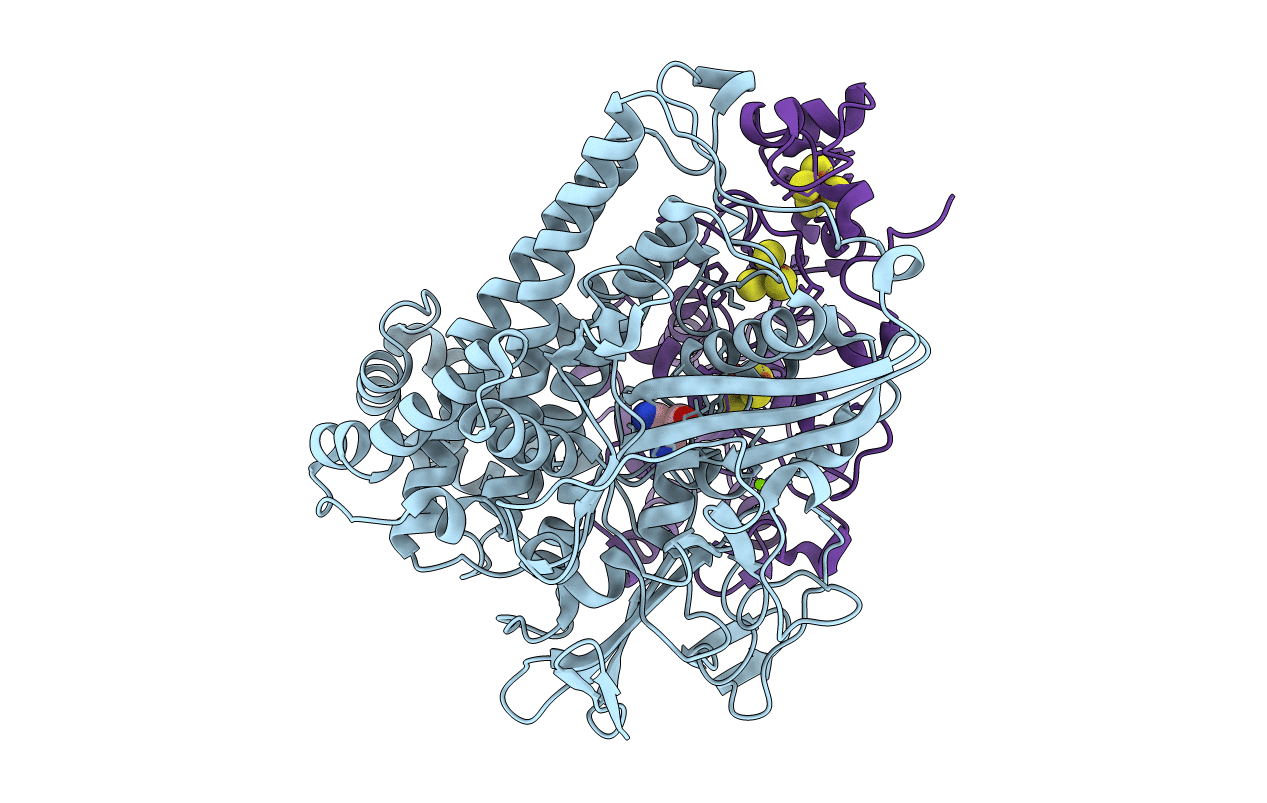
Deposition Date
2013-01-20
Release Date
2014-04-02
Last Version Date
2023-09-20
Entry Detail
PDB ID:
4IUC
Keywords:
Title:
Crystal structure of an O2-tolerant [NiFe]-hydrogenase from Ralstonia eutropha in its as-isolated form - oxidized state 2
Biological Source:
Source Organism:
Ralstonia eutropha (Taxon ID: 381666)
Host Organism:
Method Details:
Experimental Method:
Resolution:
1.45 Å
R-Value Free:
0.15
R-Value Work:
0.12
R-Value Observed:
0.12
Space Group:
P 21 21 21


